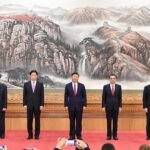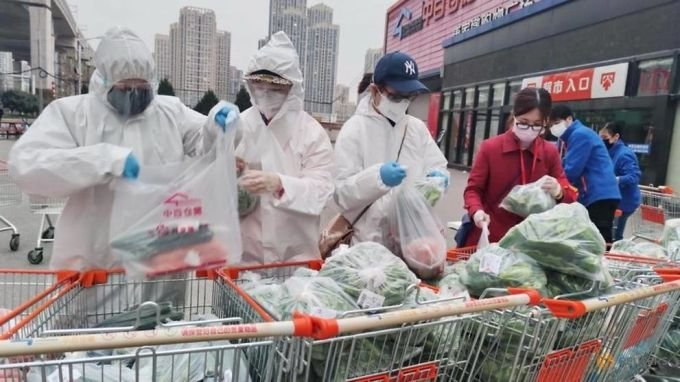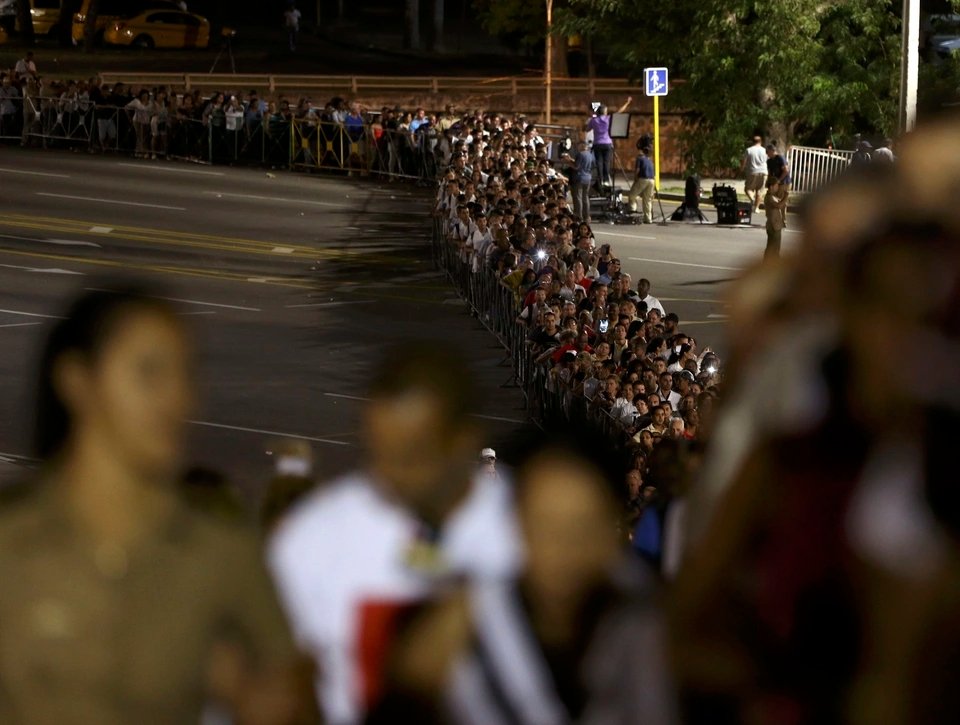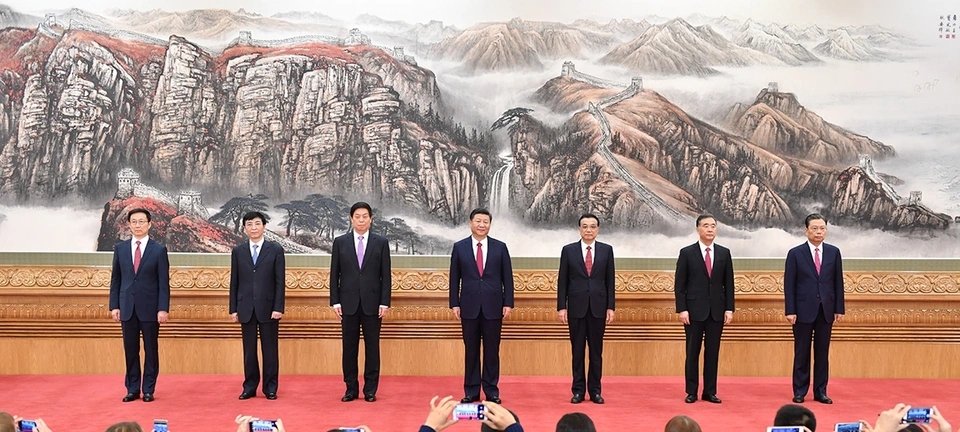When Covid-19 spread rapidly in China in the first months of 2020, the country imposed many measures to blockade large cities, home to tens of millions of people, and strictly limit access to places.
One of the top concerns of government officials and citizens when imposing a blockade is the ability to ensure food for people in the city.
Experts believe that this can be a lesson for countries to apply food security measures for cities that have to blockade to fight the epidemic, in a context where food shortages can become a challenge.
Community workers and volunteers sort and package groceries from a supermarket in Wuhan in early 2020. Photo: Reuters.
An important factor in maintaining food security is the variety of food sales in Chinese cities.
While millions of people are stuck at home and traditional markets are closed, online food markets have become a popular form of retail.
It is estimated that the number of people under 25 years old in China buying fresh vegetables from online markets increased by more than 250%, while the number of patrons over 55 years old of online stores increased by nearly 400%.
Some of the most popular online food markets saw sales increase by 470% year-on-year.
Online food markets in China would not have been successful if Beijing had not adopted an urban food security policy called the `vegetable basket program`.
Proposed in 1988, the program requires city mayors to take responsibility for providing, ensuring the affordability and safety of non-grain foods, mainly vegetables and meat.
Wuhan, the Covid-19 epicenter in China in early 2020, is among 35 major cities evaluated every two years by the central government on program implementation effectiveness.
Cities will score high if there are improvements in delivery facilities in residential areas, such as coded lockers for food delivery and pickup, ensuring there are many food consumption points such as supermarkets.
Rigorous evaluation ensures that every region has a large and diverse vegetable and meat supply network.
Local governments set specific targets for self-sufficiency rates in various foods to demonstrate commitment to the vegetable basket program.
This local food production goal comes with strict agricultural land maintenance plans.
Food security in China is also underpinned by the food reserve system.
In 2018, China’s total grain reserves were estimated to be 120 million tons of corn, 100 million tons of rice, 74 million tons of wheat and 8 million tons of soybeans.
To ensure the smooth transportation of goods, China established `green channels`, allowing vehicles carrying agricultural products to pass through quarantine stations or toll stations with travel documents issued by provincial governments.
In January 2020, China’s State Tax Administration announced that any income from the transportation of key items during the crisis, including agricultural products, is exempt from value-added tax.
When Wuhan city was locked down early last year, the Hubei provincial government worked with retailers in other localities, including as far away as Yunnan or Hainan, to provide food.
As a result, despite being blocked for a long time, nearly ten million people in Wuhan still do not suffer from food shortages, as supermarkets and stores still ensure supply.
Zhenzhong Si, an expert from the University of Waterloo in Canada, believes that to adapt to the pandemic, national governments should `restructure the food supply chain, which is too dependent on supermarket systems and imported food.`
Encouraging the development of diverse food production businesses through urban food system planning will improve crisis response capacity and provide greater support to national and local food producers
`They are the safety nets we turn to in an increasingly uncertain world,` Si wrote.










